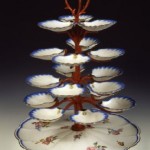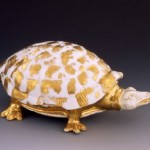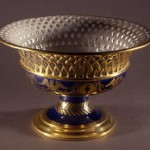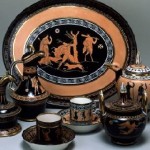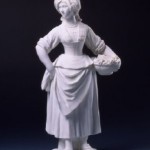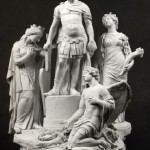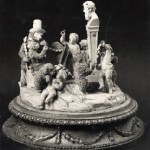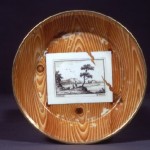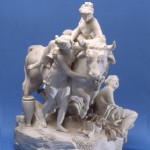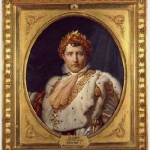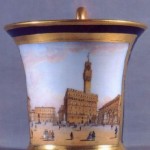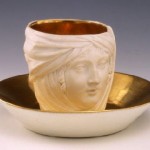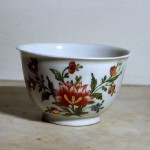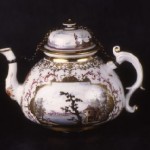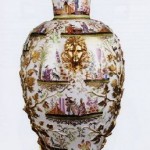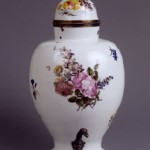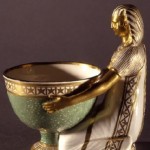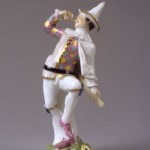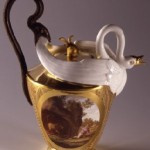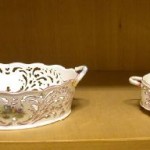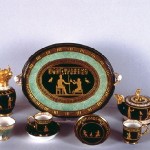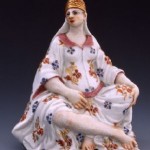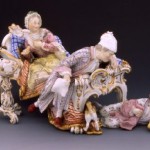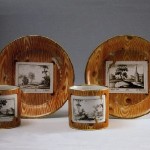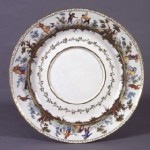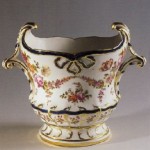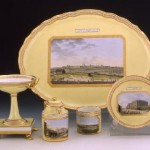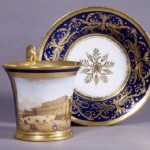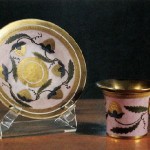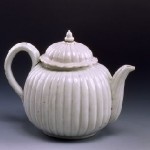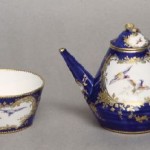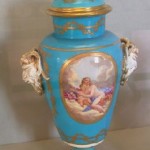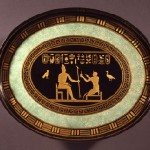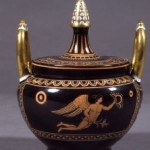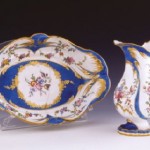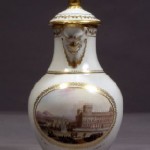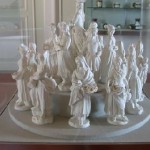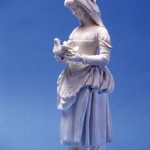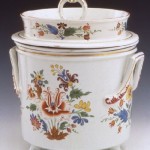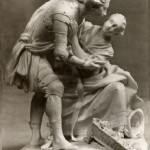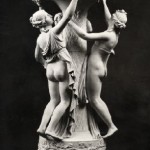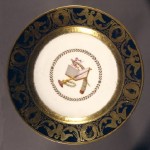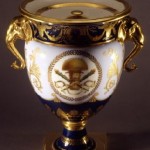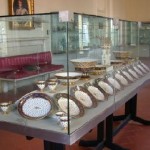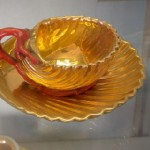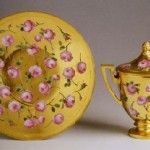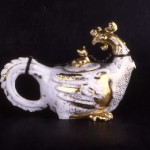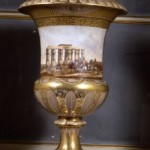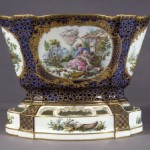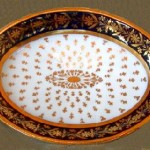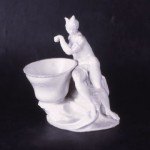Since 1973, the Porcelain Museum has been housed in the 18th century Palazzina del Cavaliere at the top of the Boboli Gardens, at the center of the Rose Garden which overlooks the Forte del Belvedere with a beautiful panoramic view on the hills of Florence.
The museum mainly assembles collections of porcelain table services from the ruling houses which have followed one another at Pitti Palace, from the Medicis to the Lorraines, including the Parma Bourbon dynasty – with Mary Louise, Grand Duchess of Tuscany and Napoleon’s sister, Elisa Baciocchi, who was donated the famous Sèvres table service by her august brother in 1810.
The first room displays porcelains from the Real Fabbrica of Naples including a series of biscuit busts, depicting personages from classical antiquity, reproductions from the excavations in Herculaneum, eighteen figurines reproducing ‘garments’ from the Kingdom of Naples, two “dejeuner” services, one decorated with Egyptian motifs, the other with Etruscan motifs.
The Doccia Manifacture founded by the Ginori family in 1737 constantly supplied the Grand Dukes of Lorraine with table services for daily use, of which typical examples of the flowered porcelain with bouquet or tulip motifs are displayed. These motifs were taken from the so-called “famille rose” Chinese porcelain. Also some pieces from the 1800’s, such as the lovely coffee cups with view of Florentine piazzas, made in Doccia using lithographies by the Frenchman Benoit as models, are displayed here.
French porcelain is represented by examples from the factory in Vincennes founded in 1740 and transferred to Sèvres in 1756 under the direct ownership of King Louis XV. It is characterized by various pastel-colored shades. Some flower vases with scenes taken from Boucher are some typical examples , as well as four oysters stands made up of 18 shell-shaped bowls, singular and unique of their kind, coming from Parma and belonging to Louise Elisabeth of Bourbon, daughter of Louis XV, king of France.


